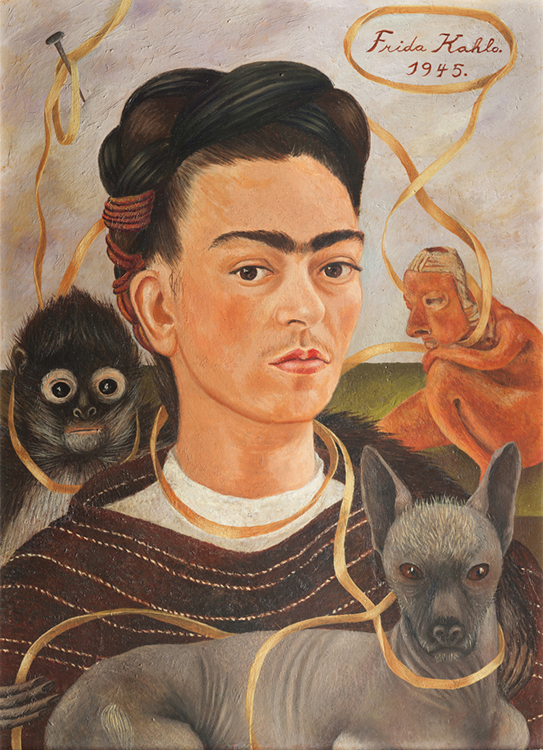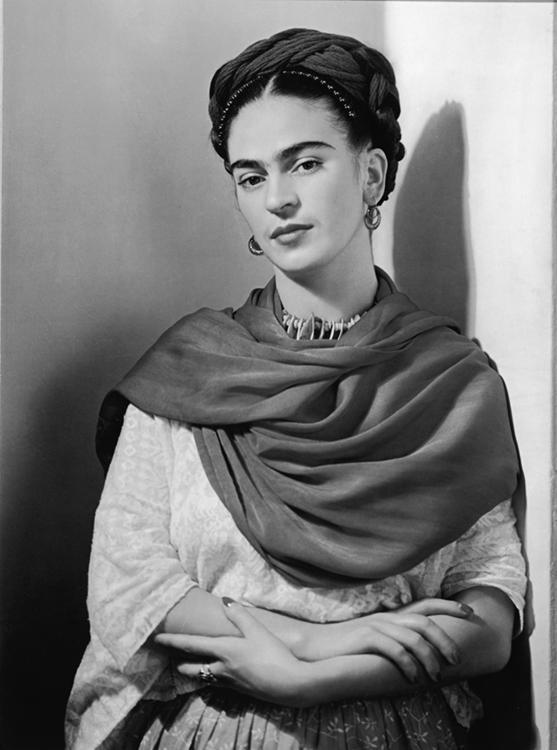^Top image: The Salvador Dalí Museum in St. Petersburg, Florida, is hosting a Frida Kahlo exhibition until April 2017. Credit: © Shutterstock
In December 2016, an exhibition of the work of Mexican artist Frida Kahlo opened at the Dalí Museum in St. Petersburg, Florida. The museum, home to a broad collection of the works of Spanish artist Salvador Dalí, is showing more than 60 of Kahlo’s works through the middle of April 2017. “Frida Kahlo at the Dalí” includes 15 paintings, 7 drawings, and numerous photographs. The exhibit extends outdoors, where a collection of flowers and plants replicates Kahlo’s own gardens at la Casa Azul (the Blue House), her home in Mexico City. Casa Azul, the Coyoacán District house where Kahlo was born, lived much of her life, and died, is now home to the Museo Frida Kahlo.
Both Kahlo (1907-1954) and Dalí (1904-1989) lived their lives much as they created their art, operating just beyond what might be considered “normal” or expected. Both created dreamlike images, and they shared a contemporary and linguistically similar—if geographically distant—art world. Dalí, firmly positioned within the Surrealist art movement, differed from Kahlo, however, whose works—while sometimes crossing the border into the surreal—offered harsher and revealing truths that often dealt with physical and emotional suffering. Kahlo rejected Surrealism and considered her works as real as her life itself. Nonetheless, French author and critic André Breton, the founder of Surrealism, took great interest in Kahlo’s work and described her art as “a bomb wrapped in a ribbon.”

At the age of 15, Kahlo was severely injured in an accident while riding on a bus in Mexico City. From then on, she was crippled and lived in constant pain. She underwent about 35 operations, including the amputation of one leg in 1953. Unable to pursue her dream of becoming a doctor, Kahlo taught herself to paint. In 1929, she married fellow Mexican artist Diego Rivera. Their stormy relationship added fuel to the fire of Kahlo’s art. Most of her roughly 200 paintings are self-portraits, often painted with jarring colors and odd spatial relationships. Many of her pictures include startling symbolic images and elements from Mexican history.

Frida Kahlo in 1941. Credit: © Hulton Archive/Getty Images
The pairing of Kahlo’s works with those of the Surrealist master Dalí may seem at odds on the surface, but an exploration of their mutual eccentricities puts them hand-in-hand in a walk through the enduring art of the 1900’s.
View more Behind the Headline stories in World Book Online!
When you need fast, reliable information for homework, reports, or just a lingering question, World Book Online is the place to go.
- A colorful, approachable look and feel, designed for kids, and articles written at your student's level
- Easy access on smartphones and tablets
- Five complete databases for multiple research levels
- Illustrations, maps, audio files, videos, eBooks, primary source documents, and more
Learn More | Buy Now